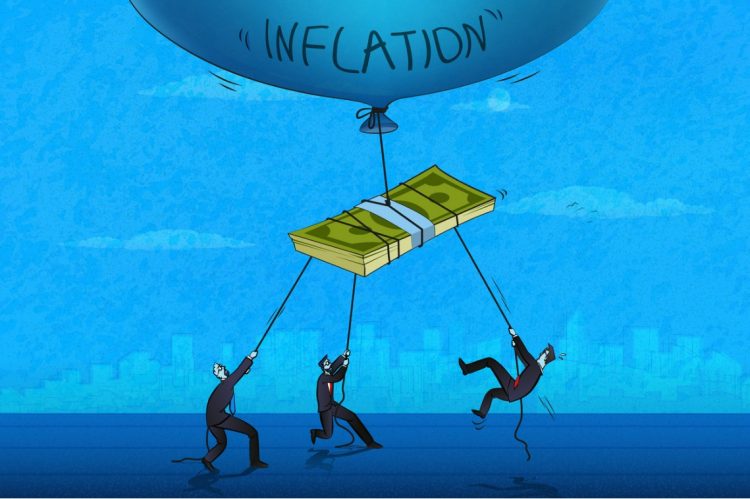Inflation rose for the sixth straight month in March, although the rate continues to slow down as 2025 progresses, according to the latest Consumer Price Index (CPI) data.
The CPI—one of the main measures of inflation—rose 0.1% in March, according to the latest data from the Bureau of Labor Statistics. This is compared to a 0.2% rise in February and a 0.5% rise in January.
The all items index rose 2.4% over the last 12 months, closing in on the Federal Reserve’s target of about 2%. In terms of energy, the overall index fell 2.4% as increases in the electricity and natural gas indexes were offset by a 6.3% decline in the gasoline index. Meanwhile, the food index grew 0.4%, with the food at home index rising 0.5% and the food away from home index rising 0.4%.
The index for all items less food and energy—aka “core” inflation—increased 0.1% compared to a rise of 0.2% in February and 0.4% in January. The index grew 2.8% over the last 12 months, the smallest 12-month increase seen since March 2021.
Realtor.com® Chief Economist Danielle Hale noted that March’s data shows good, on-target signs. However, she added that as tariffs shift back and forth, coupled with consumers concerned about the job market, inflation data is lower on the totem poll of most minds right now.
“In a recent address, Chair Powell noted that the Fed was likely to ‘wait and see’ given that the economy is holding up relatively well and that policymakers are positioned to be able to react in either direction,” she continued. “As a result, I don’t expect big shifts in mortgage rates resulting from the March inflation data, but we may nonetheless see volatility ahead as businesses and consumers react to a shifting policy environment.”
Looking at housing, the shelter index rose 0.2% month-over-month and 4% over the last 12 months—the smallest 12-month increase since November 2021. The index for owners’ equivalent rent rose 0.4%, and the index for rent increased 0.3%. The lodging away from home index fell 3.5%.
Other indexes that increased were personal care, medical care, education, apparel and new vehicles. Decreases were seen in airline fares, motor vehicle insurance, used cars/trucks and recreation.












